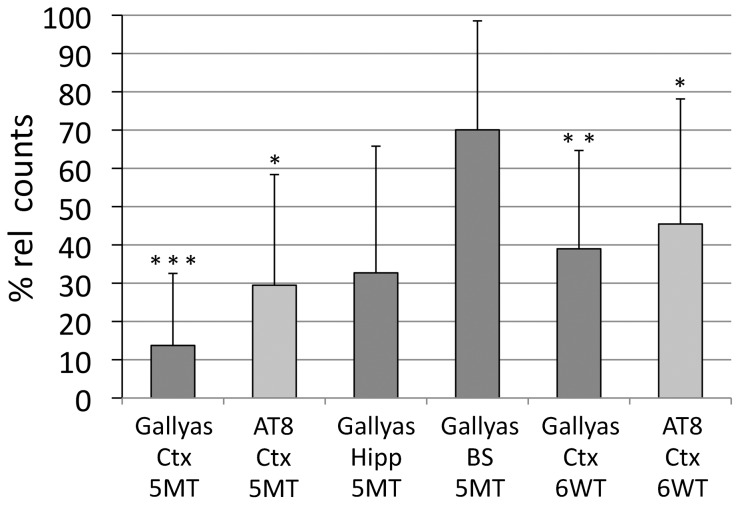Figure 2. After long-term rapamycin treatment (n = 6), unbiased stereology confirmed a significant reduction of cortical tau tangles to only 14% of the amount of tangles seen in vehicle treated (n = 5) P301S mice (vehicle = 100%).
The number of AT8 stained cells containing hyperphosphorylated tau was reduced to 30% in aged rapamycin treated mice compared to controls (100%) (5MT group). A significant attenuation of Gallyas-stained (to 39% of controls) and AT8-positive cells (to 46% of controls) was also achieved by late short-term rapamycin treatment (6WT, n = 6/6). The reduction of tangles in the hippocampus (to 33% of controls) and the brain stem (to 72% of controls) did not reach the level of significance adjusted for multiple testing. Pairwise reduction of Gallyas or AT8 positive counts was analysed using one-sample T-tests per brain region. Significant p-values, adjusted for the multiple comparisons of all 6 tested groups by the Holm-Bonferroni method, are outlined as follows: *p<0.05, **p<0.01, and ***p<0.001.

